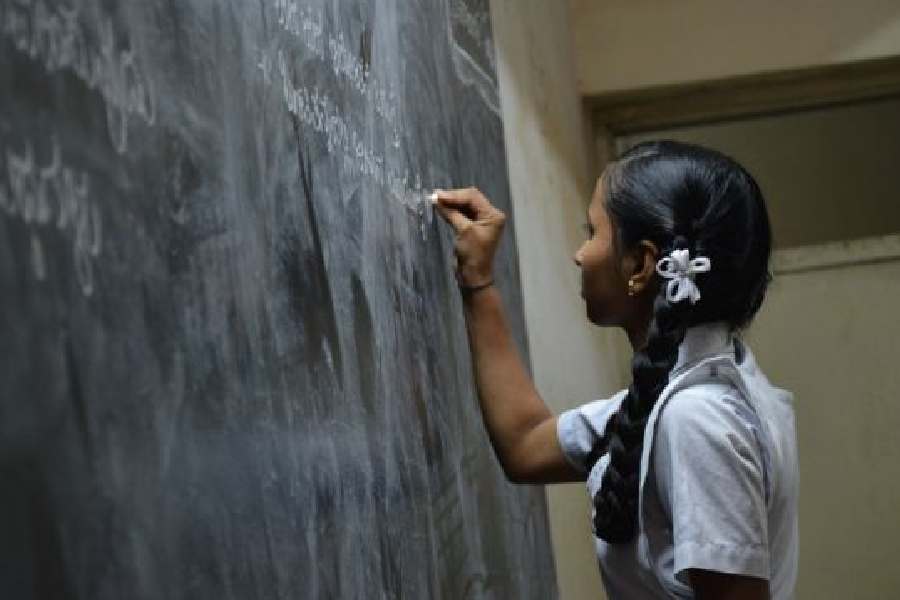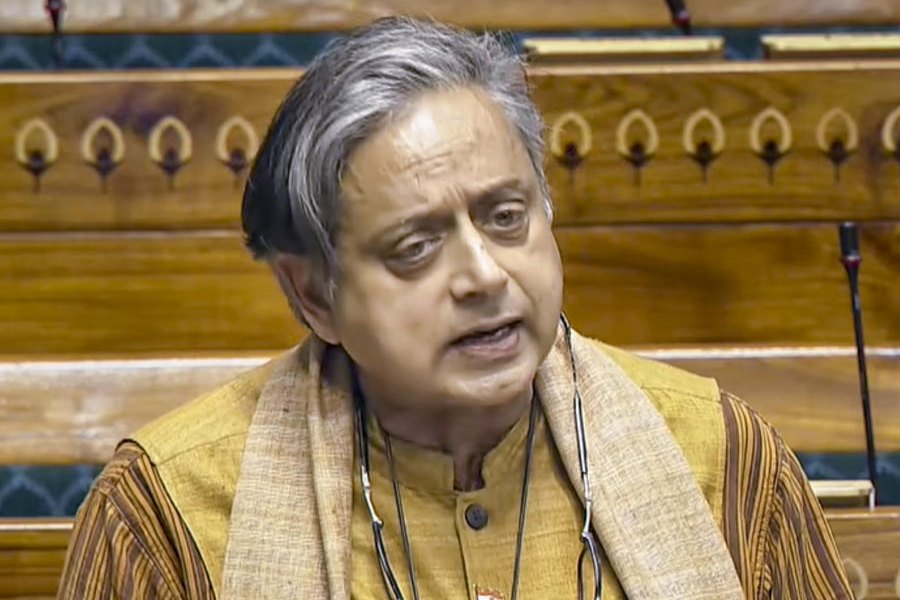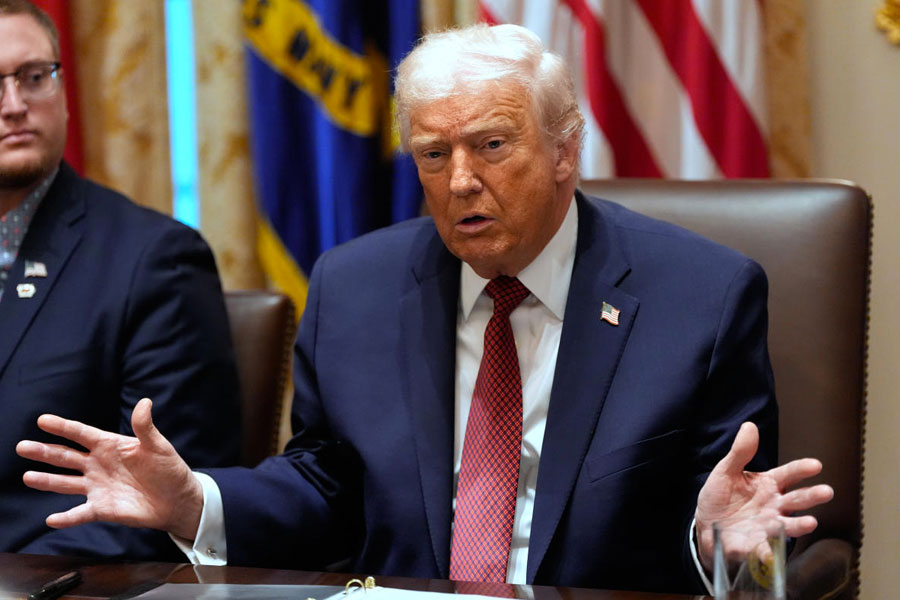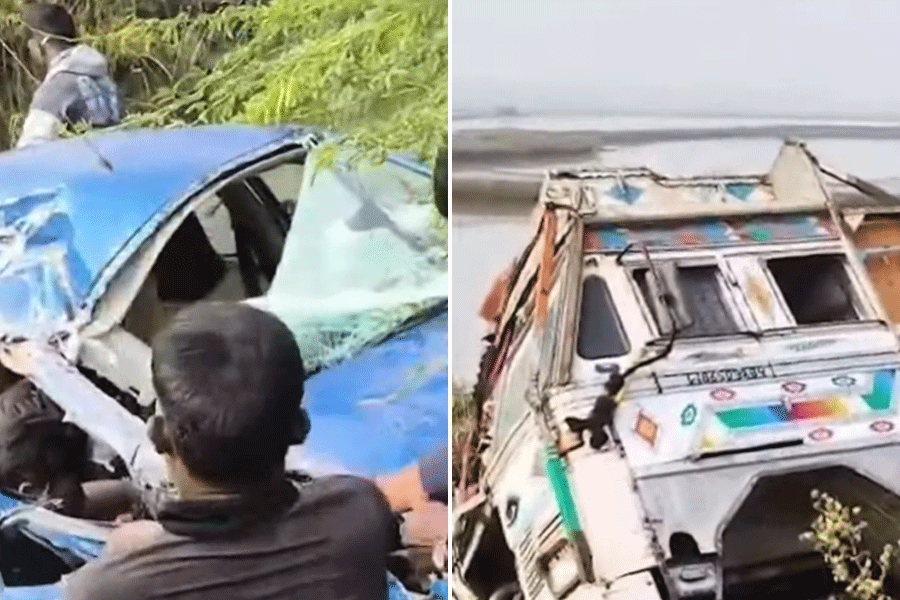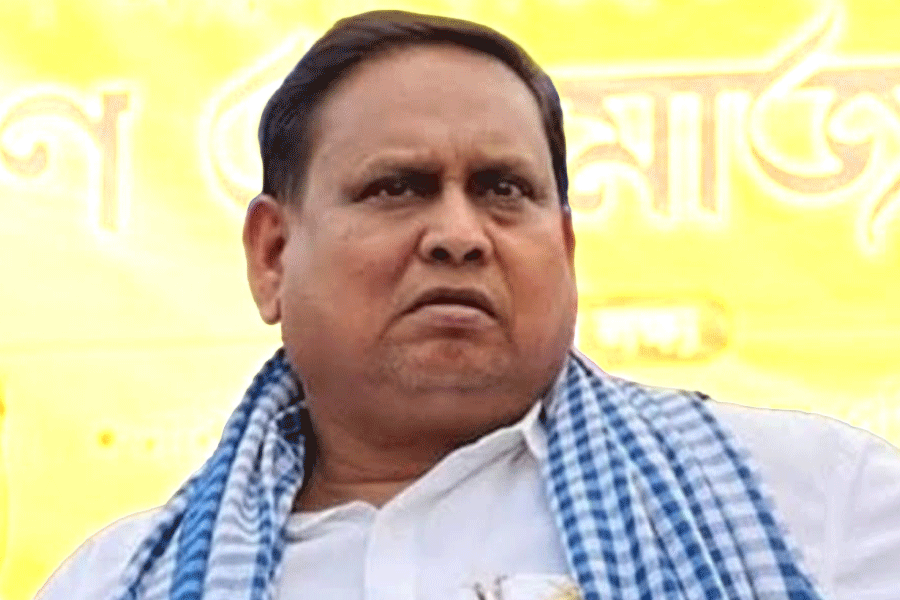A recent newspaper report has revealed that the share of government schools in the country has fallen from 74.2% to 69.1% between 2012-13 and 2023-24, whereas the share of private schools has increased from 17.2% to 22.5%. The rise of private schooling is not without reason. There are simply not enough government schools, especially secondary and higher secondary ones, in the country. Those that do exist do not often provide quality education and lack infrastructure, trained staff, and accountability. The cause for concern does not end at such imbalances between public and private schools. There is an additional, serious anomaly pertaining to gender in both types of schools. In most states, particularly in the West and the North, the number of boys being sent to school — both public and private — exceeds the number of girls. If this is correlated with data from the Unified District Information System for Education and the All India Survey on Higher Education, a significant finding emerges. The gender gap between school-going children rises sharply after Class VIII, when the right to free education ends and many girls drop out. This means that families with limited resources prioritise boys when it comes to spending on education in the hope that this will earn future dividends. The mindset that girls will be married off and thus not contribute economically to the family is clearly still widespread. Parents have also told UDISE and AISHE that sending girls to schools that are far away from home is risky — one woman is raped every fifteen minutes in India — and that they would have enrolled their girl children if a school existed within one kilometre of their homes. Fewer parents send their girl children to schools that do not have female teachers.
The rise in private schooling and the fall in girls’ education are, ultimately, the result of State failure. Perhaps there are lessons to be learnt from a state that bucks both trends: West Bengal. Reports show that in Bengal 89.1% of girls attend State schools and 5.9% private schools and, according to the UDISE, only 5% students in Bengal attend private schools. This is not to suggest that Bengal’s public schools are free of grave infrastructural and funding challenges. But government welfare schemes welded to education — Kanyashree, Shikshashree and Medhashree are examples — have the potential of making a difference. The resultant momentum in favour of education could also challenge embedded prejudices that inhibit girls’ education in the first place.

